DETROIT -- When Ford Motor Co. began building the aluminum-bodied version of its top-selling and most profitable vehicle last year, it was critically important to avoid the glitches and delays that had plagued some other recent Ford launches.
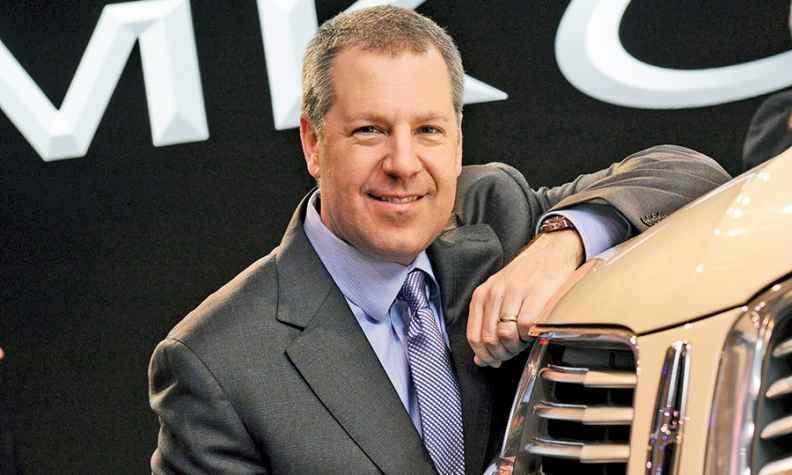
As production of the redesigned F-150 nears full speed again, Ford has done just that, says Joe Hinrichs, Ford's president of the Americas. The truck's smooth rollout combined with low gasoline prices and numerous other new products in the automaker's lineup are among the reasons why Ford says 2015 will be a "breakthrough year" for the company.
Hinrichs, 48, spoke in his office at Ford's Product Development Center with Staff Reporter Nick Bunkley, News Editor Dave Guilford, Print Editor Richard Johnson, Director of Editorial Operations Dave Versical and Automotive News TV Anchor Jennifer Vuong.
Q: How did Ford fix the launches?
A: We actually added time back in the product development cycle because we recognized that from our experiences, we had a few places where timing was getting tight and we needed to give the process more time. So that will help us in the future. It didn't really affect the products -- because we were midstream -- that we launched last year. We just went to a lot of discussions around lessons learned, a lot of process reviews.
The latest builds of all of the launch vehicles, every time we'd need a build they would send one up here, and I'd personally go through it with some of the leaders. We had one of those going almost every week over the last year. Drive a lot of the vehicles, just a lot of personal attention with the teams, make sure they knew about the issues early enough, and a lot of adherence to our process disciplines, especially focusing earlier on in the development process, making sure that the parts were released on time so we could build the prototype vehicles and test them. If you don't get those things right, everything at the end becomes a problem.
How do you see the discussion of Tier 1 and Tier 2 wages going during the upcoming UAW contract talks?
As you've seen in the public conversations, entry-level will be an important part of the conversations this fall. We don't want to go into the details of what that looks like.
I always like to remind people that the work we've done together over the course of the last seven, eight, nine years has been instrumental to the state of the business where it is today. Since 2011, we've added 15,000 jobs, over $6 billion investment in our U.S. plants, our UAW employees have had well over $40,000 in profit-sharing and lump-sum bonuses since that time frame. Investment, jobs, additional compensation, the business has been profitable and growing -- I mean, this has worked.
Maintaining a level of competitiveness so we can continue to invest and profitably grow is, I think, of interest to all parties involved .



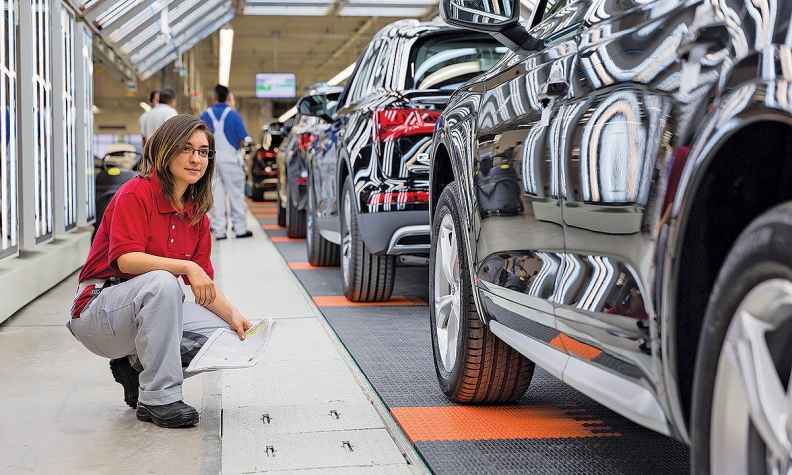
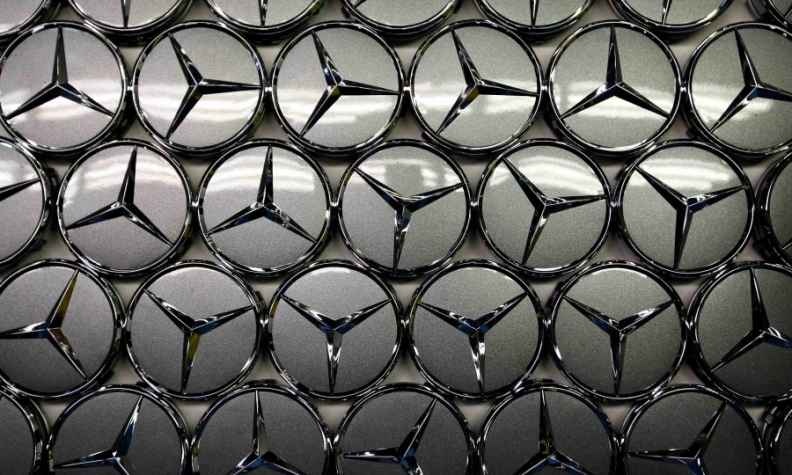

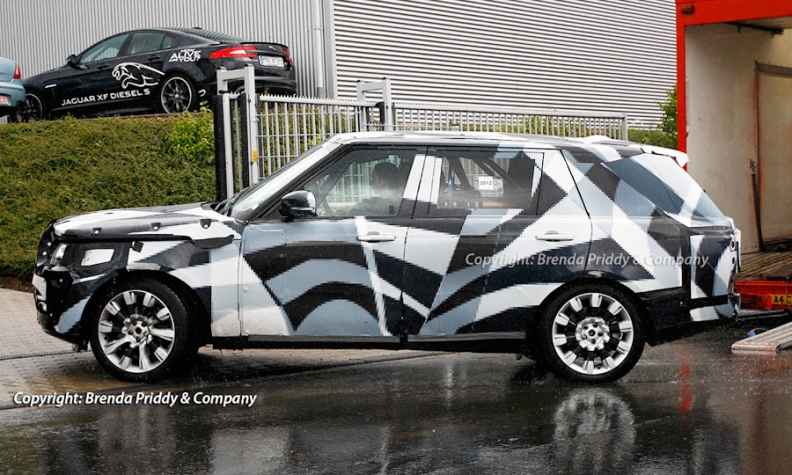
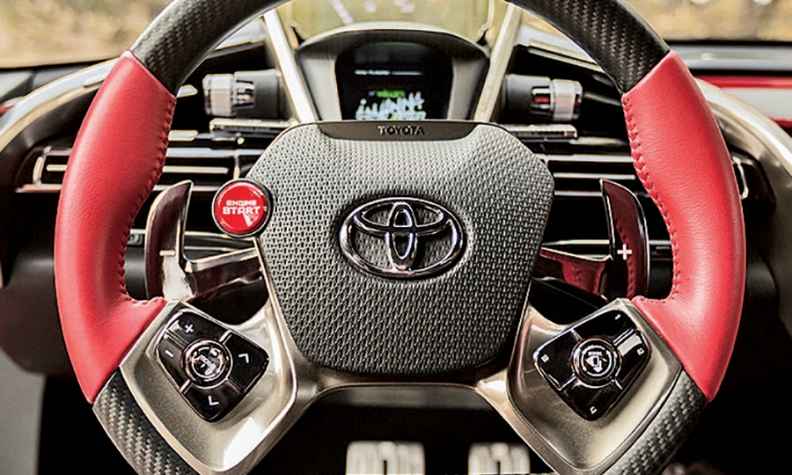

Post your comment